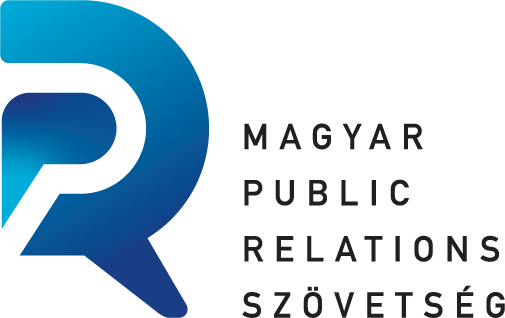The Hungarian authors of „Crisis Map 2017” have collected and analysed around 400 cases that had harmful effects on brands, organizations or celebrities. The research which is based on international models and methodology was carried out for the second time by the Crisis Communication Department of HuPRA (Hungarian PR Association) and with the contribution of market leading communication experts.
The authors have studied scandals which required some kind of crisis communication procedures and actions to retain reputation. It was also investigated in which sectors and how often scandals occurred reaching the stimulus threshold of the public and also to what extent each industry is crisis sensitive and exposed to reputation issues. More than 40 percent of the cases were public affairs but transportation and logistics-related issues were also highly represented. The smallest set was constituted by the crises of tech firms – just like in the previous year. As for chronology, January and August were the most crisis-struck months in 2017. For-profit organizations made up almost half of the cases, whereas more than one third was „produced” by firms owned by the state or national economy organizations.
A huge amount of the crises (293 issues) occurred abruptly drawing the attention to the importance of prevention and preparation. Regarding causes, mismanagement, accidents and crimes „succeeded” in getting to the top 3. As for severity, most of the crises in 2017 can be categorized as critical; and according to manageability, we can consider 314 issues as hard to handle. The most remarkable conclusion is, though, that weak management and problematic decisions caused most of the issues: usually these are the ones that can be be handled easily with care, experience and consideration.
„The first research paper was highly acknowledged in the communication sector: we got a lot of positive feedback, supportive comments and further perspectives for a would-be report. As we indicated after its publication, the report will become relevant only if we are able to reproduce it year by year; i.e. the trends can be compared with each other. This way we might have an overview about the intensity and extent of exposure to crises in specific industries and sectors” – said Kornél Bőhm (Director of Crisis Communication Department at HUPRA) at the opening ceremony of the report. As he stressed they are aware that this work will always be subjective in nature: others would consider other issues as crises or they would use a different system for categorization. „Relying on our own professional experience, we take responsibility for the subjectivity of this work: our methodology and criteria for categorization were taken over from renowned academic and scientific circles” – emphasized the Director of the Department.
The report is a suggesting reading for company managers, communication professionals, researchers in the field of crisis communication and also for industry analysts and university lecturers. This Crisis Map does not merely provide useful tips and tricks, it also attracts the attention to conclusions to consider: A thorough, extensive and crisis-sensitive organizational approach and a preventive attitude might reduce the risk of crises significantly, as well as mitigate their destructive impact. „With this report, we have prepared communication professionals a mirror to face. During the year, we simply register crises and at the end of the year we analyze them from a bird’s eye view. This map is not only for communication experts; corporate leaders can also realize the importance of reputation management” – said András Sztaniszláv, one of the editors of the Map. „We are happy to introduce this report for an international audience: our methodology has been simplified to an extent it could be relevant in other countries so we do hope this report is going to reach larger audiences abroad, as well.”
Download the Crisis Map 2017
FOR EDITORS
Authors of the research
Kornél Bőhm – communication expert
Mónika Horváth – communication advisor
András Petrányi-Széll – social psychologist, economist
Dániel Gergő Pintér – PR strategist and crisis communication expert
András Sztaniszláv – strategic communication consultant, Vice President of HuPRA, ICCO Board Member, ViceChair – CIPR international
Crisis Communication Department – HuPRA
The aim of HuPRA’s Crisis Communication Department is to provide room and dialogue for national crisis communication professionals in which they can discuss the freshest trends, the hottest issues and best practices in the field. The Department come into contact with international partner organisations and their relevant teams. Also, they intend to publish international literature translated into Hungarian as well as to do educational projects around the country. Events, workshops and participation in other organizations’ conferences are further important goals of the department.
Further Information:
Andras Sztaniszlav, MCIPR
strategic communication consultant
+44 7472 002112 ⏐ +36 30 9828996
Sztaniszlav.andras@gmail.com


